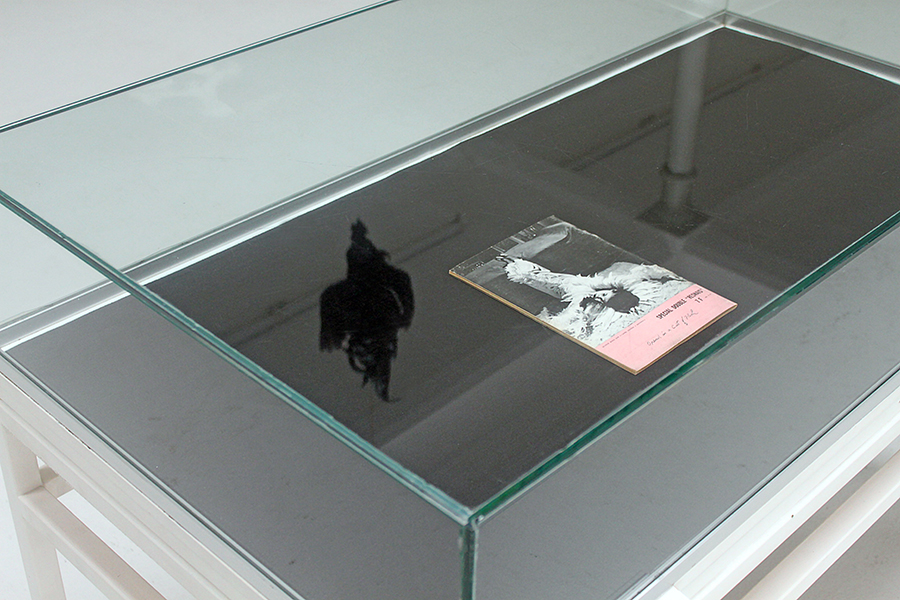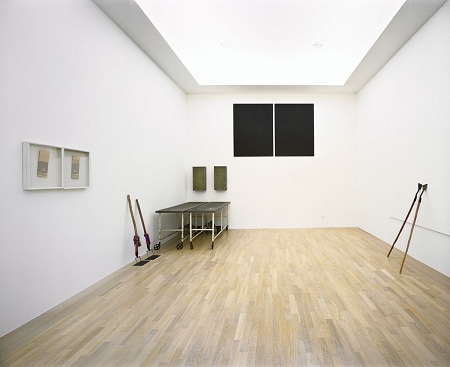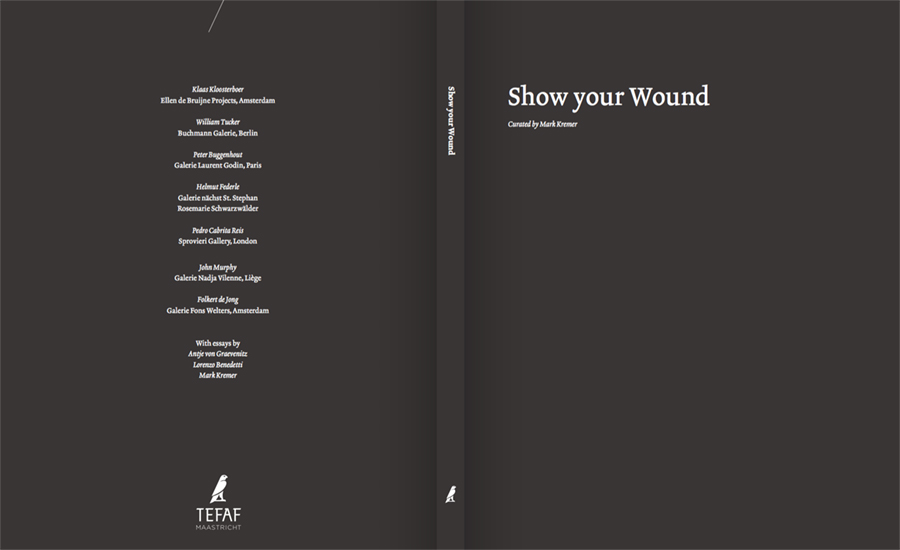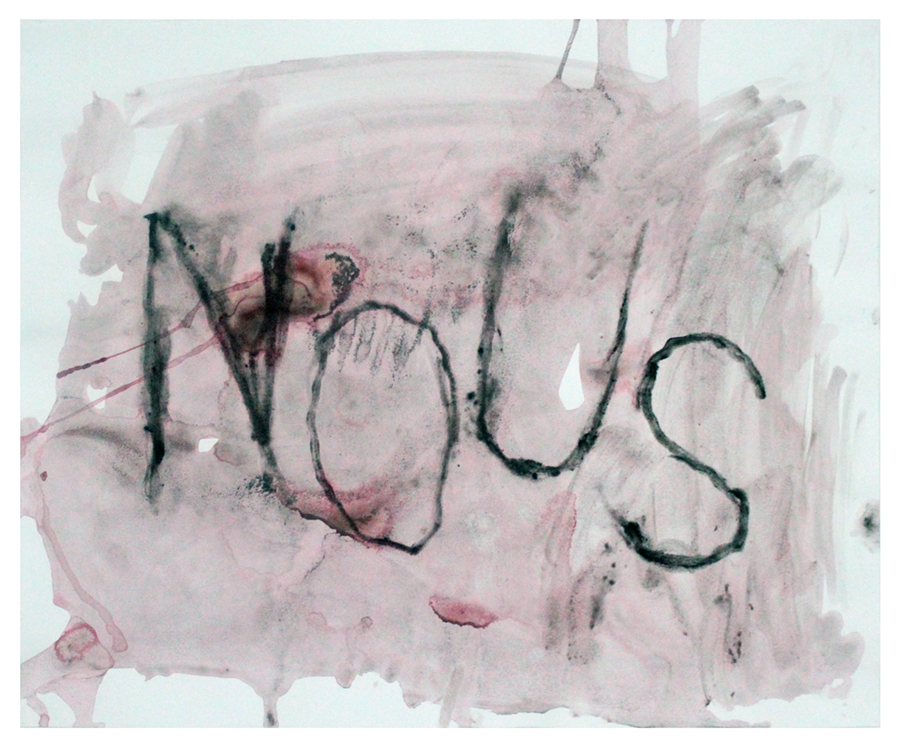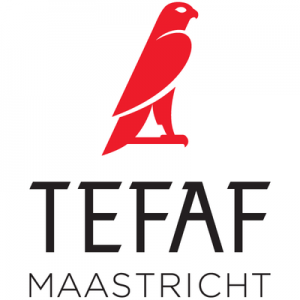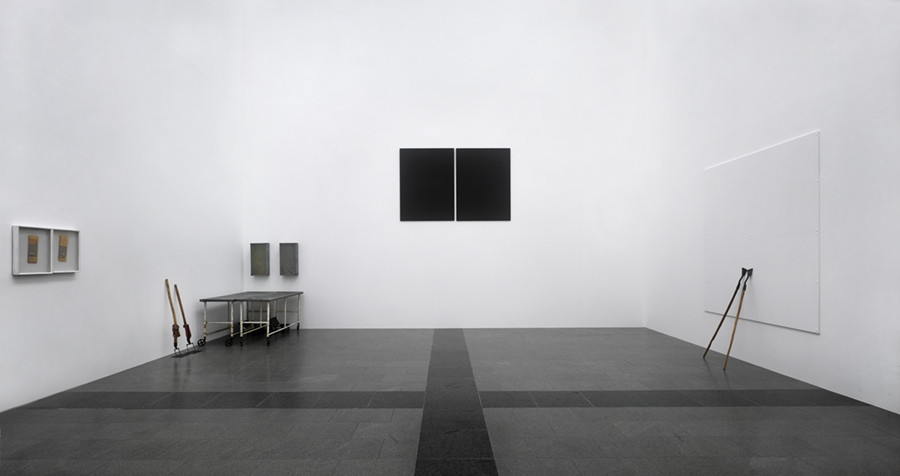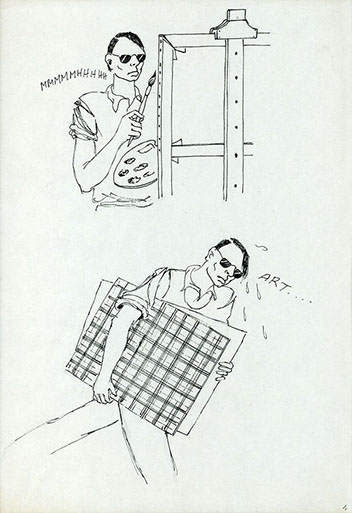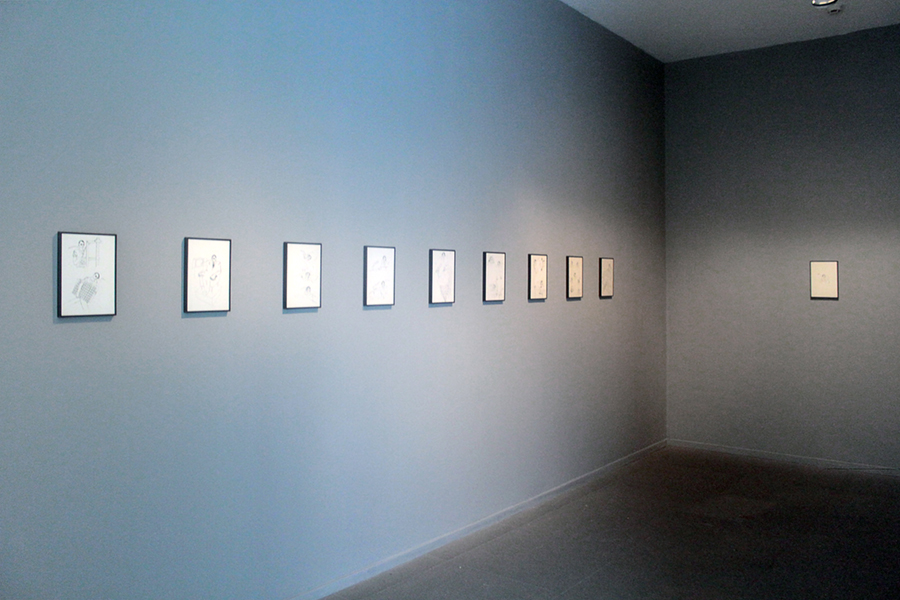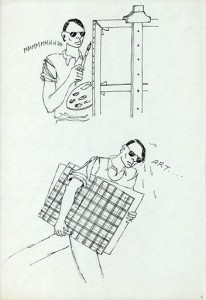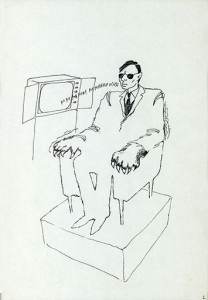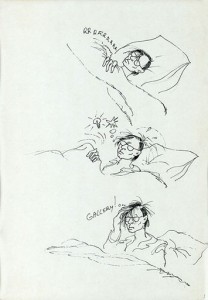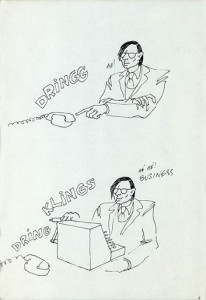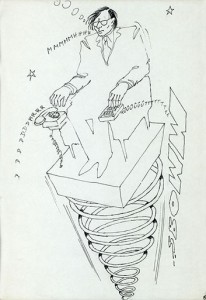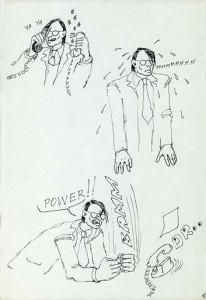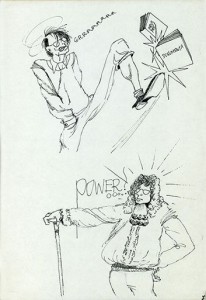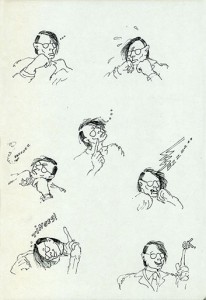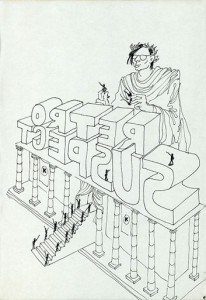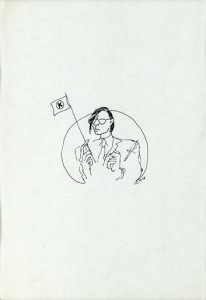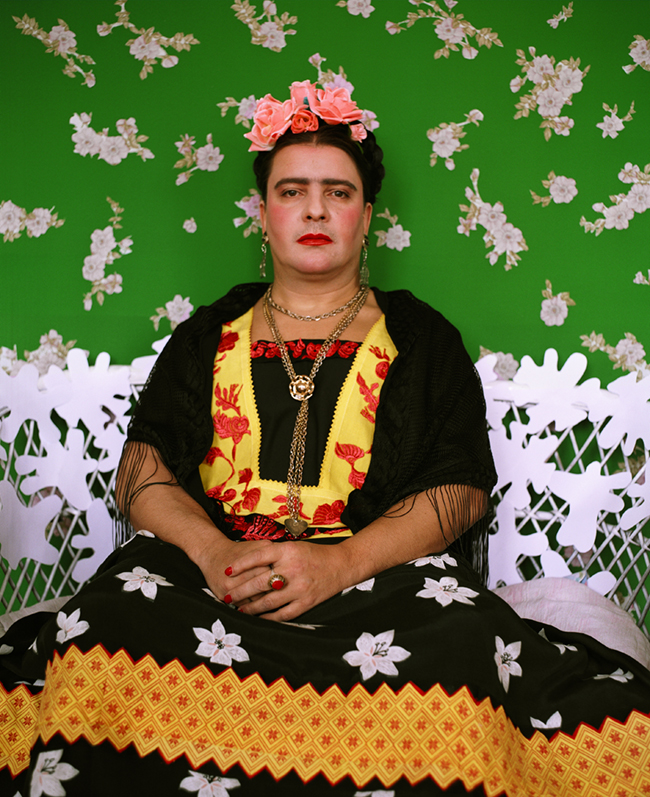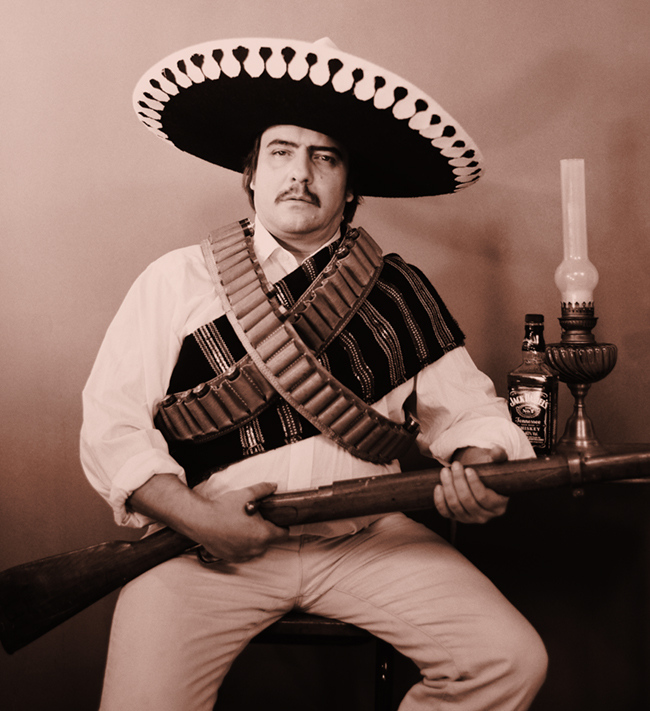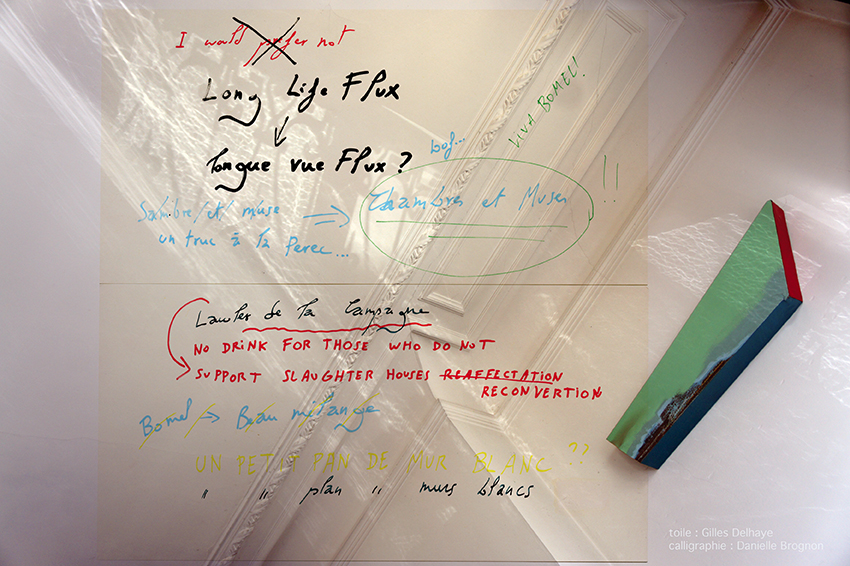John Murphy
Opened in a Cut of Flesh, 2015 (detail)
Stuffed Black Rooster, vitrine, publication, variable dimensions
Press Release
TEFAF Curated is a recent TEFAF initiative, which taps into the vibrant scene of contemporary art. Invited galleries have been asked to present one single artist. TEFAF Curated aspires to be an energetic gallerists forum and an intelligent group show where fair visitors can make new discoveries.
The first edition of TEFAF Curated was composed by Sydney Picasso, and was titled “Night Fishing”. This year’s edition is titled “Show your Wound” and is curated by Mark Kremer, an independent curator and writer based in Amsterdam.
The artists represent different generations. The youngest is Folkert de Jong, a figurative sculptor with a recent reputation as a maker of colourful portraits and tableaux vivants that burst with life and energy. His works seem to ponder and wonder about extremes of human behaviour, aggression, madness, rapture. The eldest artist is William Tucker, an abstract sculptor of strong gestalt-like forms. He combines modern and ancient not ions of the sculptural. In his art one finds distant observation and ritual suggestion. His works embody deep emotions: surrender, empowerment and anxiety that comes before the fall.
Helmut Federle is a mystical painter. His oeuvre is an insistent reflection on the painterly language that was first introduced by abstract artists of the early 20th century (Mondrian. Malevich). His paintings show a similar concern for signs and symbols, and how they can evoke spiritual meaning. His art gives a personal response to this question, based on his dedication to art’s tradition. With John Murphy, who is of the same artist’s generation, we find a similar respect for the signs and symbols that are passed down to us by art from the recent past. He too engages with existing artworks, but his interest is rather modern film and literature. His fascinating body of work often takes on the form of fine constellations of objects and images that sit subtly and lightly in a place, creating space for a gesture, a light thought, about serious matters.
Peter Buggenhout has recently gained much acclaim for his sculptures that venture into a dark realm, a land of scorched earth where it 1s not anymore clear if there’s space left tor us humans. He is creating three series of works since ea 2000, using earth, dust, animal hide, and other left over materials. His raw sculptures suggest obsolete energy systems; they emit a melancholy spirit, perhaps comparable to duende (the core of flamenco singing). Pedro Cabrita Reis is an acclaimed artist; his spatial installations are often made using daily simple building materials. These works refer to poetic horizons, to daily life in a place, to thoughts and emotions of humans interacting with the space, and each other. The connections between the different parts and elements of his installations signify something larger, they signify systems and conduits, flows and resistance, obstacles that need to be over come by spirit.
Klaas Kloosterboer is the seventh artist 1n this company. His body of work, pitting painting and sculpture against each other, is highly original. In this show he will present a recent installation, consisting of a ‘stooge’ lying on the floor, a figure who has fallen apart. And whose body parts, arms and legs, arc filled with straw. Motionless and powerless he is on the ground, against the backdrop o f a rural landscape abstract. He is impotent, his colour pops out.
These artists’ oeuvres have a kaleidoscopic aspect, the moment a visitor sees their work, (s)he is carried away to another parallel world or reality as it were.
INSPIRATION
The idea for “Show your Wound” comes from a paradoxical work by Joseph Beuys, an installation or environment called “Zeige Deine Wunde” (Show your Wound). Its various elements suggest ways of nurturing life and taking care of nature, yet the work as a whole seems to have come to a stand still, with a connotation of energy-in-rest.
This work was first made in an underground pedestrian passage in Munich, 1976. In 1980 Beuys’s work became part of the art collection of the Stadtische Galerie im Lenbachhaus. In this museum Beuys built a room for the objects: two iron dissecting tables on wheels, two blackboards with the sentence ‘Zeige deine Wunde’ written in chalk, two glass cases with magazines from a Turin based political organisation “La lotta continua”, and two x two pieces of garden tools. These objects suggest ways of taking care, nurturing life, but they’ve come to a stand still. Today we may read: ‘Beuys originally created the environment tor a desolate underground passage. Its aura of melancholy and mourning arises from its subject matter: death, decay and a sense or trauma that Beuys referred to as the ‘wound’.
Curator Mark Kremer proposes to draw a web of lines from this dramatic environment by Beuys, to the work of the artists in “Show your Wound”. He suggests that Joseph Beuys possibly has a new relevance for artists today: Currently the work of this significant artist is no longer eclipsed by his word, the things he said in public and this has created ‘space’ for artists to connect with Beuys once more but on their own terms. What shapes the art of one generation of artists, while processing the achievements of the preceding artists, are imponderabilia such as elective affinities (Goethe’s Wahlverwandtschaften), constructive resistance, and what the literary scholar Harold Bloom has described as ‘creative misunderstanding’. Today we see now clearer what Beuys was about: his concern with nature, and man as part of nature, his interest in the social collective, in Western society’s historical awareness and its course of development, and his empathy for the individual and inner potential for growth/transformation continue to inspire.
SHOW YOUR WOUND
There is a religious ring to this title, with Christian and pagan tones (in a 12th century story the knight Parsifal is on a spiritual quest to find the Holy Grall). This connotation is intentional: the etymology of the word ‘religion’ can be derived from religare, ‘to reconnect’. But what, then, should be reconnected? Joseph Beuys’s environment ‘Zeige deine Wunde’ suggests: expose your own vulnerability and extend empathy onto others.
READER
The exhibition will be accompanied by an extensive reader with essays by art historian Antje von Graevenitz, curator Lorenzo Benedetti, and Mark Kremer.
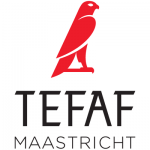
The European Fine Art Fair · Maastricht (TEFAF)
Preview and professional day : Thursday 10 March 2016
Friday March 11 to Sunday March 20 · 2016 (29th edition)
MECC (Maastricht Exhibition & Congress Centre) · Forum 100 · Maastricht · Netherlands
Daily from 11am to 7.00pm (on 20 March the Fair closes at 06.00pm)
[sociallinkz]
